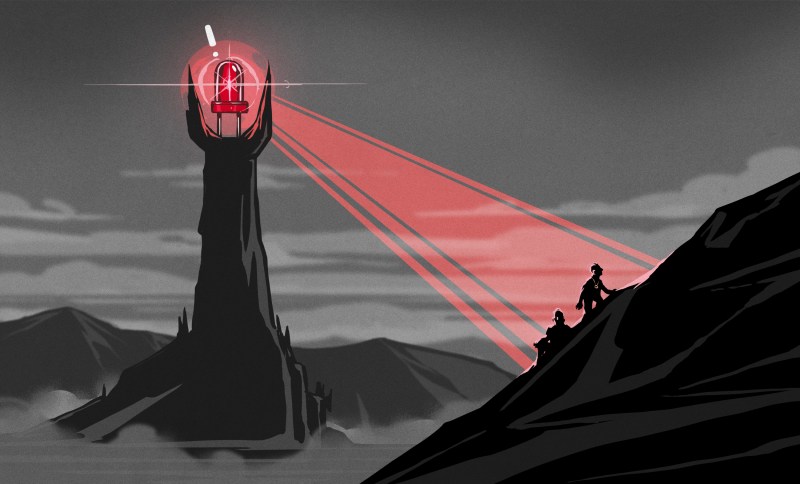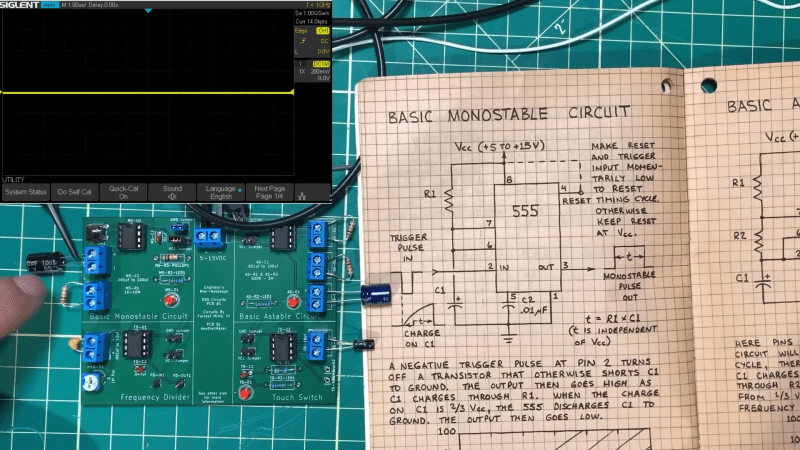If you’re a long-time Hackaday reader like we are, you’ll certainly remember a rash of projects from around ten years ago that all (mis-)used an LED as a light sensor. The idea wasn’t new, but somehow it made the rounds and insinuated itself into our collective minds. Around the same time, a cryptographic cipher with an exceptionally small memory footprint was also showing up in hacker projects: TEA (Tiny Encryption Algorithm).
This old project by [Marcin Bojanczyk], [Chris Danis], and [Brian Rogan] combines both the LED-as-light-sensor meme and TEA to make a door-entry keyfob that works over visible light. And …read more
 Continue reading Ask Hackaday: Whatever Happened to LED Light Sensors?→
Continue reading Ask Hackaday: Whatever Happened to LED Light Sensors?→

